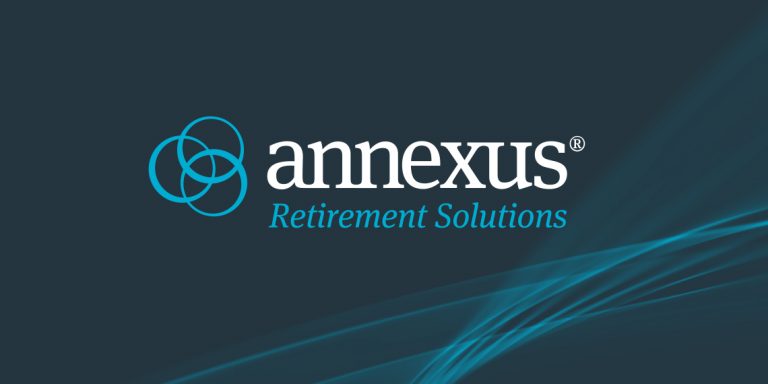Liquidity Is Vital When Evaluating Lifetime Income Solutions
By Charles E.F. Millard
Participants want lifetime income. What they don’t want is to lose control of—and access to—their assets. The real challenge for any plan sponsor considering in-plan annuities is finding a qualified default investment alternative (QDIA) solution. No plan sponsor wants to default a participant into anything that is, or ever could become, irrevocable.
This guide evaluates the mechanics and desirability of various liquidity options in today’s in-plan lifetime income solutions.
Single Premium Immediate Annuities (SPIAs): Illiquidity is a key investment strategy
SPIAs are the simplest annuity product. The individual pays the insurance carrier a premium, and the insurance carrier guarantees a payment stream to the individual. What isn’t always apparent, however, is that illiquidity is a key characteristic of this investment strategy.
The insurance carrier bases its pricing on actuarial estimates of how long a SPIA buyer will live. They know they won’t be called on to pay out funds all at once, so they invest in illiquid assets designed to pay long-term cash flow. Annuitants who die early subsidize those who die late.
Some defined contribution plans offer participants the chance to purchase a SPIA at retirement. If there is no other lifetime income option available to the participant, this may be appropriate. But without better liquidity, this is not a popular option. Similarly, because the SPIA is illiquid, plan sponsors won’t choose it as a default option.
Deferred Income Annuities (DIAs): A good ‘deal’ shouldn’t compromise liquidity and access
DIAs require participants to commit a certain amount of funds to the DIA at a younger age—say, age 60. Then, when the participant reaches an older age—commonly 80—the insurance carrier pays a guaranteed amount.
This may seem like a good “deal” for the participant at the time. However, typically, the DIA has limited growth potential. Assets taken out of the portfolio to buy a DIA will, in most instances, not grow at the same rate as the rest of the portfolio’s assets. In addition, some DIAs are irrevocable. In these cases, if the participant dies before the payout age, their heirs receive nothing.
Giving up liquidity and access can be an appropriate choice for some participants, but it is hard to imagine a plan sponsor choosing that as the intended default.
In more recent years, some providers have tried to include DIAs as a part of the TDF. At a certain age (say, mid-50s), the participant’s glidepath steers assets to a sleeve designated for buying a DIA. That DIA provides longevity insurance, but it limits liquidity and becomes irrevocable once the DIA begins to pay out.
Variable annuities (VAs): VAs may offer better liquidity but sacrifice growth
VAs allow a greater degree of liquidity, but let’s look at how they provide it. In a VA, the insurance carrier allows participants to share in the upside growth of their assets. To meet this commitment, however, the insurer’s investments are generally more conservative.
Additionally, a VA “wraps” a fund. This means that while there is liquidity, that liquidity is priced into a fee that covers hedging cost, liquidation and lapsation cost. That fee creates a drag on the return generated by the portfolio and can significantly affect the growth of the assets.
This fee drag is also a drawback on VA products that promise a lifetime payout of a certain percentage of the fund’s value. Receiving a specific percentage of your assets as income for life sounds attractive. There may even be some liquidity, but the growth of the account value—the portfolio against which the percentage payout is calculated—will be held back by the wrap fee.
A new standard for defined contribution plans
Lifetime Income Builder is the level of next-generation innovation that the retirement industry sorely needed. Plan sponsors who want to provide lifetime income in defined contribution plans should make the lifetime income solution the default—but to do so, they will need an innovative solution that provides full liquidity.
Charles E.F. Millard is Senior Advisor at Annexus Retirement Solutions and the former Director of the United States Pension Benefit Guaranty Corporation. This article is part of a series on the Five Fundamental Elements of Lifetime Income Solutions.







